Faster planning, smarter routes
Achieve greater efficiency by cutting down on planning time by securing better routes and outcomes, all through MileApp.
Trusted by 50K+ users to do 1.5M+ tasks daily




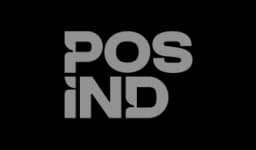
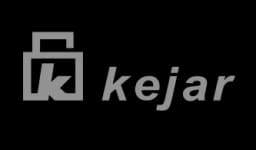

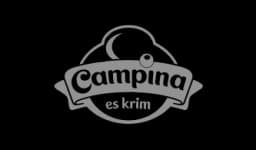



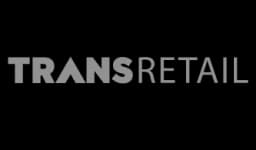
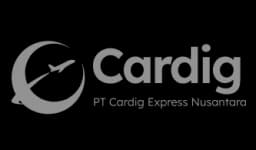

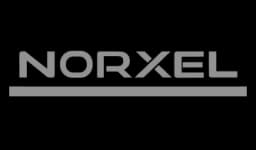


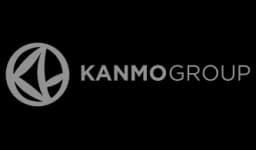
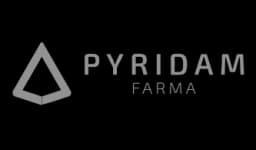
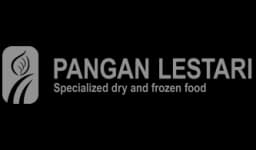
Adaptable route optimization parameters
MileApp provides granular configuration to create the best routes for your operations.
Capacity maximization
MileApp considers each vehicle's maximum weight/volume capacity when planning routes. It avoids overloading by intelligently splitting large orders across multiple vehicles or planning reload stops. This prevents violations and delivery failures due to excessive loads.

Time window
Intelligently schedules deliveries within customers' open time windows. It considers worker shift lengths and break requirements too. This ensures on-time arrivals without overworking workers or breaking regulations. Proper time window planning leads to reliable service and efficient operations.

Return-to-hub
MileApp allows for routes that require returning to the home hub or depot during the work shift. The return-to-hub capability enables workers to drop off deliveries, reload goods, take breaks, or switch vehicles before continuing their route. It adds flexibility to accommodate mid-shift activities while still optimizing the overall route plan.

Multi-trip
For large orders exceeding vehicle capacity, the software plans smart multi-trip routes. It optimizes round trips back to the depot or hub for reloading goods. This maximizes vehicle space utilization while ensuring all deliveries are made on time within operational constraints.

Tagging system
The software allows tagging of vehicles and visits based on specific attributes. For example, tags can indicate a vehicle's size restrictions like 'motorcycle' or 'truck'. During route planning, the engine groups together visits that match a vehicle's tagged capabilities. Motorcycle-tagged vehicles are only assigned visits tagged for narrow streets they can navigate. Truck-tagged vehicles handle visits with loading docks they can service.

Auto-speed
The routing engine integrates traffic data to accurately estimate travel times on roads and highways. It accounts for fluctuations in vehicle speeds based on congestion levels at different times of day. Instead of assuming constant speeds, the software factors in the realities of stop-and-go traffic in its calculations.

All-vehicle
The all-vehicle setting ensures an equitable distribution of routes across your entire fleet. It forces the routing engine to utilize all available vehicles, preventing an imbalanced workload concentration on just a few trucks. Instead of overloading some vehicles while leaving others idle, the software spreads out the deliveries and travel distances more uniformly.

Clustering
Groups visits into geographic clusters or zones. Each worker is then assigned their own cluster, minimizing travel overlap between workers. It helps maintain an even workload distribution across the worker team and ensures fairness in travel distances and service areas for consistent productivity.

Automerge
The auto-merge feature intelligently combines multiple visits scheduled for the exact same address location. Instead of having separate vehicles make redundant trips, it consolidates those tasks into one optimized stop. This prevents unnecessary travel while ensuring all the goods for that address arrive together on a single vehicle.

Same vehicle
For addresses needing both pickup and delivery, the software routes a single vehicle to handle both tasks. This eliminates redundant trips by different vehicles, reducing costs and transit times. Customers get seamless end-to-end service from the same worker.

Cost factor
MileApp takes vehicle operating costs into account when building delivery plans. It prioritizes assigning routes to the most cost-effective vehicles in your fleet or 3PL providers first. For customers utilizing more expensive 3PL transportation, the software minimizes the use of those costly vehicles when possible. It maximizes the deployment of owned assets or cheaper rental trucks before relying on premium 3PL services.

Cross-docking
The software seamlessly incorporates cross-docking into delivery routes. It plans optimal routes that efficiently move goods through intermediate hubs or cross-docks before final delivery. This consolidated shipping approach reduces handling and transportation costs while maintaining quick turnaround times.

Geotagging
Create virtual boundaries based on geographic coordinates. These can represent regions, neighborhoods, or specific areas of interest. Geotags help segment the service area into manageable zones. Each worker is assigned a single geotag, ensuring they only service the defined area, preventing workers from accidentally straying into other zones or missing deliveries in their assigned territories.

Visit group & priority
Group specific visits for a single worker and set priorities to determine the order of visits, allowing critical tasks to be handled first. This powerful combination optimizes workflows for scenarios like pickup and delivery, where a single worker can handle both tasks at the same address, with pickup prioritized before delivery.



